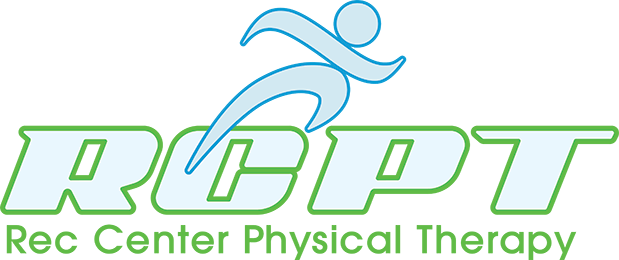Vertigo May Result from Migraines
Migraines can affect various areas of the head in ways that can trigger harrowing experiences. For example, the tight pain of migraine headaches may affect your balance and cause you to suffer from extreme bouts of vertigo. This problem typically occurs during the most severe instances of migraine, which may affect your ability to work or interact with others.
For example, some people with migraines can work through the pain of their condition and get through their day without going home. However, vertigo during a headache could rob you of that ability by making it nearly impossible to stand or sit up without falling. This problem is also an issue because some migraines may trigger vertigo while others will not, making the situation very hard to predict.
Unfortunately, the unpredictable nature of migraine attack frequency and their triggers means that you could experience vertigo without warning and find yourself on your back for a day or more. However, high-quality vestibular therapy can help you to increase your balance and to minimize this problem. While it may or may not help with your migraine pain, it can give you the stability you need to avoid falling.
What Does Vestibular Therapy Entail?
Vestibular therapy or vestibular rehabilitation (VR) is a unique therapy option explicitly designed for vertigo. It is an exercise program that improves not only your vertigo and dizziness symptoms, but can balance your gaze stability and minimize imbalance problems. This type of treatment often helps people with permanent issues learn how to compensate for them.
However, temporary vertigo caused by migraines reacts well to VR. This therapy is often best utilized by people with occasional dizziness because their symptoms are temporary and will pass. In a sense, you are teaching your brain how to react to your struggling vestibular system and compensating for any balance issues that it may cause.
In this way, you can avoid the embarrassing or painful slips and falls that can occur when a devastating migraine suddenly hits you out of nowhere. Just as importantly, you can stay focused on your day-to-day activities and keep headaches from detracting too much from your quality of life.
Trainings to Expect with Vestibular Therapy
Vestibular therapy utilizes a multitude of treatment types that you can use to manage your vertigo. Each of these routines focuses on a different element of this condition to provide a comprehensive care option. The available VR routines include:
Habituation exercises
– These exercises work to minimize vertigo issues caused by self-motion or excessive visual stimuli. For example, suddenly bending over to pick up an object may cause a wave of vertigo when you are experiencing a migraine. Typically, these exercises are designed to teach your brain how to ignore these conflicting signals and to process balance information properly.
Gaze stabilization exercises
– Often, people with migraines experience vertigo if they suddenly move their eyes. In this situation, the world may appear to “jump” in your vision and decrease your balance or even cause nausea. Gaze stabilization exercises work to minimize this type of eye reaction and keep your range of vision stable and reliable without challenge.
Balance training exercises
– Though people with migraine may not experience daily balance issues, they could during a severe headache. Thankfully, VR routines include balance training exercises that keep you steady on your feet and avoid dangerous falls. You'll learn how to utilize visual cues, such as a contrast between stationary objects and dynamic movement, to avoid losing your balance.
Each of these categories breaks down into several different routines that are fine-tuned for specific types of vertigo problems. So, when you visit with a vestibular therapy specialist, they will discuss each of these treatment options with you to help you better understand which you should utilize. Typically, you'll likely learn a few exercises from each of these categories.
Just as importantly, you should meet with your migraine treatment specialist to learn more about how to minimize this health problem in your life. Though you probably already have a few coping mechanisms for migraines, your therapist may know of new medicines or treatment options that could work for your specific case.
Treatment Process
A typical VR treatment goes through a few simple steps that ensure you are adequately treated. The following process is the most common you're likely to experience with this therapy, though extra steps could be added depending on the therapist or your condition:
Outpatient care – Typically, a VR session is outpatient only and takes no more than an hour or two to finish each care routine.
Comprehensive assessment – Before each treatment, you'll receive a detailed clinical analysis to gauge your vertigo symptoms.
Exercise plan discussion – During this step, you and your treatment specialist will discuss your care plan to ensure it works right for you.
Exercise practice – Your VR therapist will show you how to utilize these techniques and give you the chance to practice them.
Follow up visits – You can schedule follow up appointments with your care provider to ensure that your exercises are working correctly.
The most critical step of your VR care is to practice these exercises at home whenever you experience an attack of vertigo. You won't have time to schedule an appointment or visit your therapist during an attack, so self-directed exercises are necessary to ensure that you don't lose your balance.
Our Professionals Will Put You and Your Health First
So if you're suffering from vertigo when you get a migraine, please make sure to contact us at Rec Center Physical Therapy to receive high-quality vestibular therapy. Our professionals in the Hiawatha, Iowa area will work hard to ensure that your pain is minimized as much as possible.



